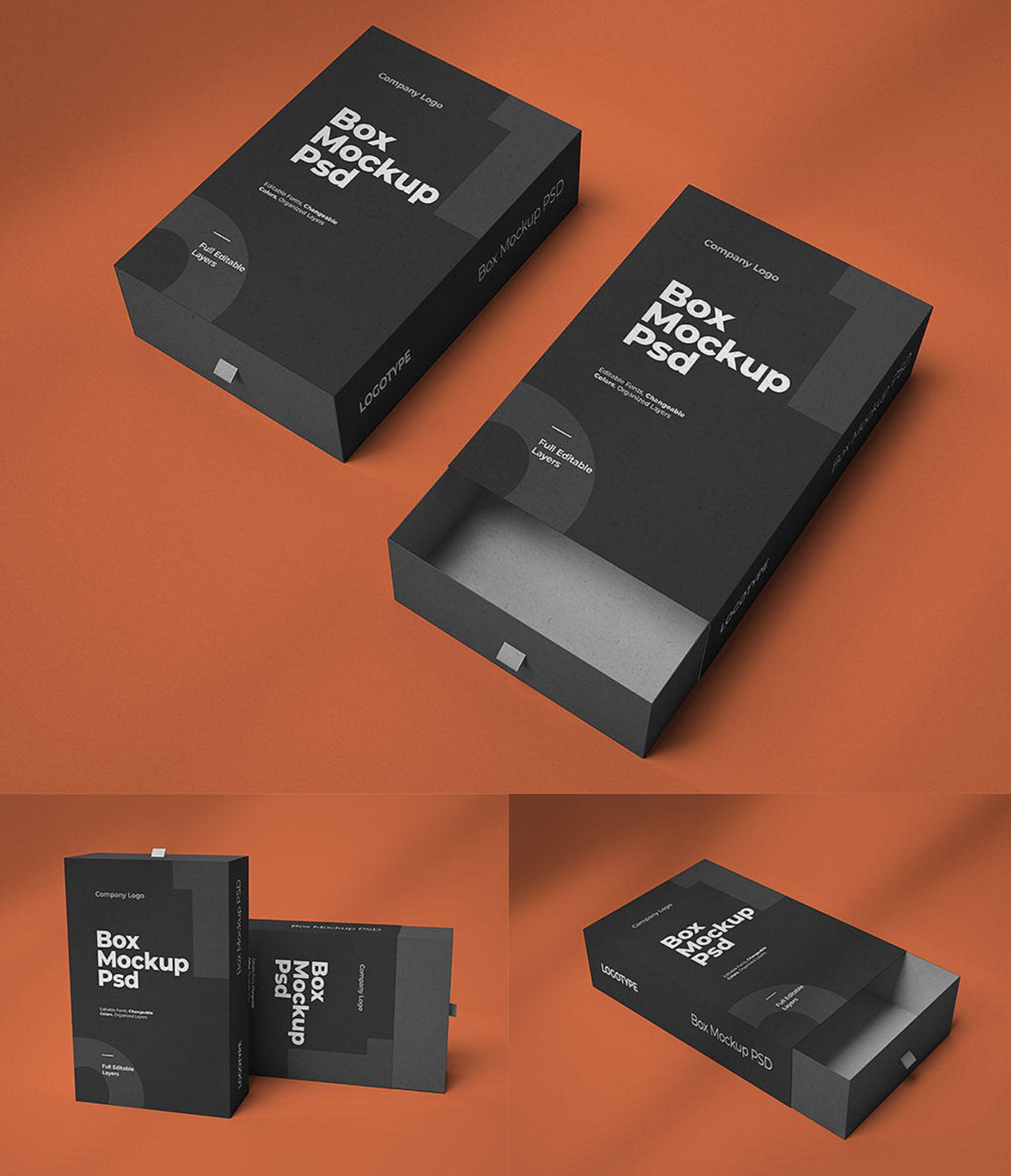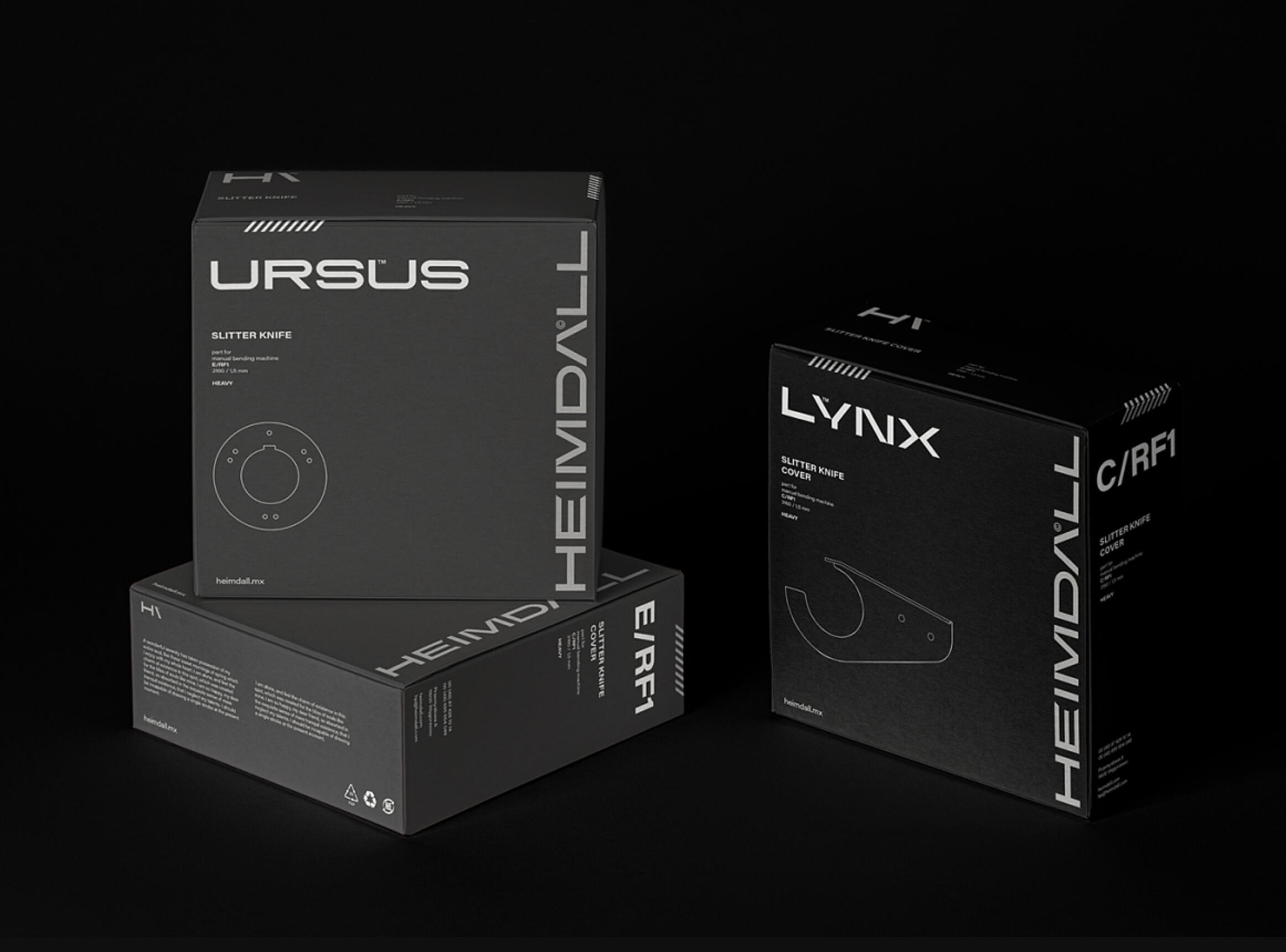In today's digital age, packaging plays a significant role in the success of a product. For computer manufacturers, the packaging box is not
only a protective enclosure but also an opportunity to create a compelling brand image. This article will explore the structural features and
design trends of packaging boxes for computer products, incorporating the latest design concepts.

1. Structural Features:
The structural features of packaging boxes for computer products are crucial for ensuring product safety during transportation and enhancing
user experience. Several key elements are commonly found in such packaging:
a) Sturdy Materials: Computer packaging boxes often utilize materials like corrugated cardboard, foam inserts, and molded plastics to provide
protection against impact and cushion delicate components.
b) Modular Design: With different computer accessories often bundled together, packaging boxes need to have modular compartments or
removable inserts, allowing for customizable storage solutions and easy access to each component.
c) Secure Fastenings: Packaging boxes should include secure fastenings, such as snaps, Velcro, or locking mechanisms, to prevent accidental
openings and keep the contents intact.
d) Ergonomic Handles: Easy maneuverability is essential for larger computer products. Including ergonomic handles or grip regions on the
packaging boxes enhances user convenience.
2. Design Trends:
Design trends in packaging boxes for computer products have evolved to align with contemporary aesthetics and customer expectations. Recent
design trends include:
a) Minimalistic Approach: Minimalism continues to be a popular design trend, focusing on simplicity, clean lines, and a limited color palette. Minimalistic
packaging with clear typographic hierarchies and uncluttered layouts conveys a sense of sophistication and modernity.
b) Eco-Friendly Materials: As environmental consciousness grows, computer manufacturers opt for sustainable packaging materials, such as recycled
cardboard and biodegradable plastics. This trend aligns with the overall effort to reduce carbon footprints and promotes a positive brand image.
c) Interactive Elements: Packaging boxes with interactive elements, such as QR codes, augmented reality (AR) triggers, or scannable product information,
offer an engaging user experience, enhancing brand loyalty and customer satisfaction.
d) Unique Shapes and Unboxing Experiences: Brands are increasingly experimenting with unconventional box shapes and creating memorable unboxing
experiences. Custom-shaped packaging, origami-inspired folds, or pull-out drawers add an element of surprise and delight, leaving a lasting impression
on the customer's mind.

3. Conclusion:
In conclusion, packaging boxes for computer products have evolved over time to incorporate structural features and design trends that cater to both
functional and aesthetic needs. Sturdy materials, modular designs, secure fastenings, and ergonomic handles ensure product safety and user convenience.
Alongside this, minimalistic designs, eco-friendly materials, interactive elements, and unique unboxing experiences contribute to creating a strong brand
identity and enhancing customer satisfaction. As technology continues to advance, we can anticipate further innovation and creativity in the packaging industry,
enabling computer manufacturers to deliver an exceptional product experience.





